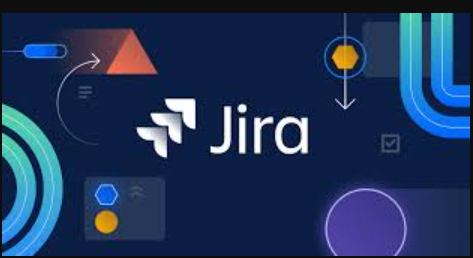Value streams — the starting point of your Agile Transformation
Once upon a time the humanity invented project management. It was amazing! We learned complex science to estimate deliverables, costs, investment returns, human resources, and bulletproof plans. Companies knew where they the money and what they expected to get as a return on investments. I remember those times in my career. Glorious.

Years passed by, and there is a new competitor in town: Agile. It was young, innovative, and full of energy. Agile challenged Project Management, and after many years it’s winning battles. Agile started to be popular all over, and the chances are that your company might have been on the way to Agile Transformation if you are reading this article.
The way you setup the Agile organisation is key. Agile transformation starts with the identification of the values streams.
What are the value streams? A value stream represents the complete workflow from the demand (trigger) to delivery (return of investment) of a product or service at the right time.
Why are the value streams so crucial for your Agile Transformation? The value streams:
- focus on customer value
- allows companies to optimize the way they operate — shorter time to market
- sees the deliverables long-lived products, no conflict of interest in project vs. operations
- streamline the deliverables
- easy prioritization on the same interest
- avoid the bottlenecks
To better understand how to identify value streams at the beginning of your Agile Transformation, I’ll take the example of a recent client — Bank of COVID-19. That made you laugh. For confidentiality reasons, I’ll use a fictive client name. Bank of COVID-19 is a world-leading banking system, and they decided to carry on with their Digital and Agile Transformation. They work in 5 business units: loans, assurance, marketing, billing, cards.
How to identify the Value Streams?
There are six main steps together with your Agile Coach you will need to follow in your organization:
Step 1: Identify the operational streams. These are end to end processes your company does. They are the high-level workflows starting from the demand to delivery.

Step 2: Identify the IT systems (software and hardware) that support the operational value stream.

Step 3: Identify the people who work on these IT systems.

Step 4: Identify the development streams. What are the running projects that impact this business flow?
Step 5: Define your optimization objective. These ways of reorganizing the teams must have a clear goal: deliver faster, have a robust infrastructure, modular product. Defining it right will be the foundation of later decisions.
Step 6: Define the value streams—identity people who are needed for the value streams first. What can be an end to end workflow of bringing value to the clients through the products?

Step 7: Define the Agile Release Trains (ART). While doing it, there are several things to consider:
- There is a group of Agile teams (maximum 150 persons). That is the maximum number to which there can be stable and qualitative communication (Dumber’s number).
- Together can deliver business value consistently.
- They can release independently. You need to consider the full chain from requirements and prioritization, development infrastructure, testing, and production release.
- Load vs. capacity in the long term. The ART that we are defining must have a consistent charge. And the art must be even.

The ARTs are virtual organizations. While working with Bank of COVID-19, I learned there we must find the balance between:
- the synchronization needed between ARTs at each step
- impact on the hierarchical organization
- minimization of dependencies
I know that every organization is different, and finding the “right” definition of the value streams is not easy. Unfortunately, we don’t read much about how organizations using Scaled Agile Framework (SAFe) define their value streams. I would love to use this article as a platform to learn from each other experiences. What is your experience? What are your organization’s challenges?









